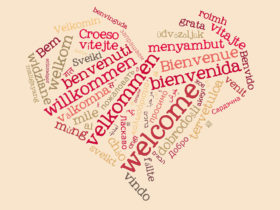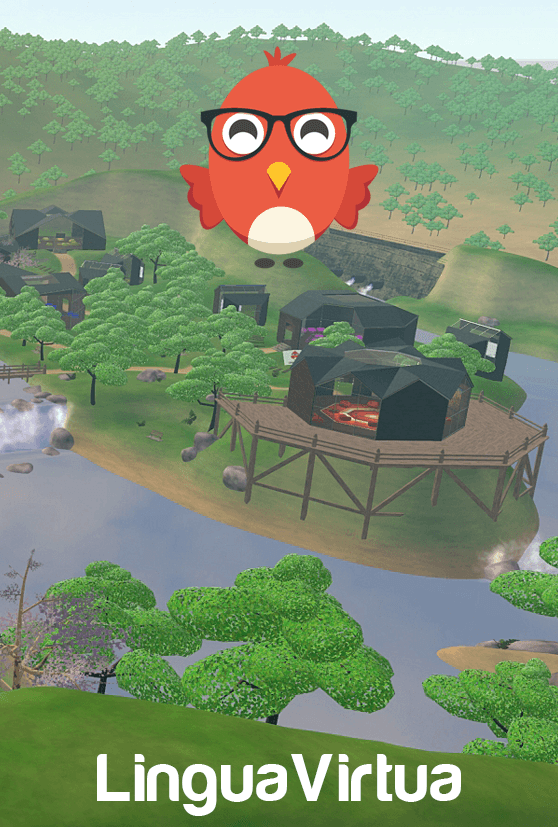Did you know that multilingual people outnumber monolingual individuals? Many communities learn two or more languages, sometimes simultaneously during their childhood. More than 50% of Europeans claim to know at least one language aside from their mother tongue. A large number of people in Asian countries know anywhere between two and four. Bilingualism is also rising in traditionally monolingual countries like the United States.
Benefits of Growing Up Multilingual
Researchers and child development experts agree that knowing multiple languages benefits children greatly. According to several studies, bilingual kids perform better in creative thinking or problem-solving activities. They’re able to focus more, especially on tasks that require sharp cognitive skills.
Multilingual children have better early reading skills. Many educators have observed an improvement in overall communication ability as well. People can express themselves better and comprehend better if they know more than one language.
Not as Difficult as It Seems
Children’s brains are naturally wired to learn new languages, as they are more fluid and able to form new connections quickly. Children also have flexible vocal cords and muscles, which allows them to master difficult pronunciations with ease. While raising a bilingual or multilingual child requires some commitment, it’s not too difficult. Here are some tips that can help:
1. Create the Right Environment
Children learn a primary language (L1) through exposure. According to some studies, humans are exposed to approximately eight hours of their mother tongue every day during childhood. Bilingual children are exposed to two languages regularly during their early years. For example, an Italian family in France may speak Italian at home but be exposed to French every day, which can help children learn L1 and L2 (second language.)
It is possible to create an environment that facilitates this anywhere by introducing material in L2 to L3 (third language.) Media like music, audiobooks, television programs, podcasts, movies, etc. can help kids learn. As long as they’re exposed to L2 for a couple of hours every day, they can absorb it.
2. Encourage Speaking
Active participation is essential for mastering different tongues. Just being exposed to native media isn’t enough. Parents should carry out full conversations in second or third languages regularly. Communicating with native speakers can also help. Modern technology has made it easier for people to get in touch with natives from across the world.
You can use online platforms or apps to help your child connect with other kids in Japan, China, Korea, France, Spain, etc. This doesn’t just help them develop friendships with kids from other cultures, but it can also help them hone their language skills.
3. Picking Up Another Language
Bilingual kids find it easier to expand their repertoire, especially if the languages are connected. People can pick up Korean or Japanese easily if they have learned Chinese. French students can start learning Spanish or Italian without any difficulty.
Every new tongue creates new connections, which can improve a learner’s ability to assimilate language skills. The more you learn, the easier it becomes. There’s no reason why kids can’t keep absorbing new languages throughout their lifetime.


























Leave a Reply